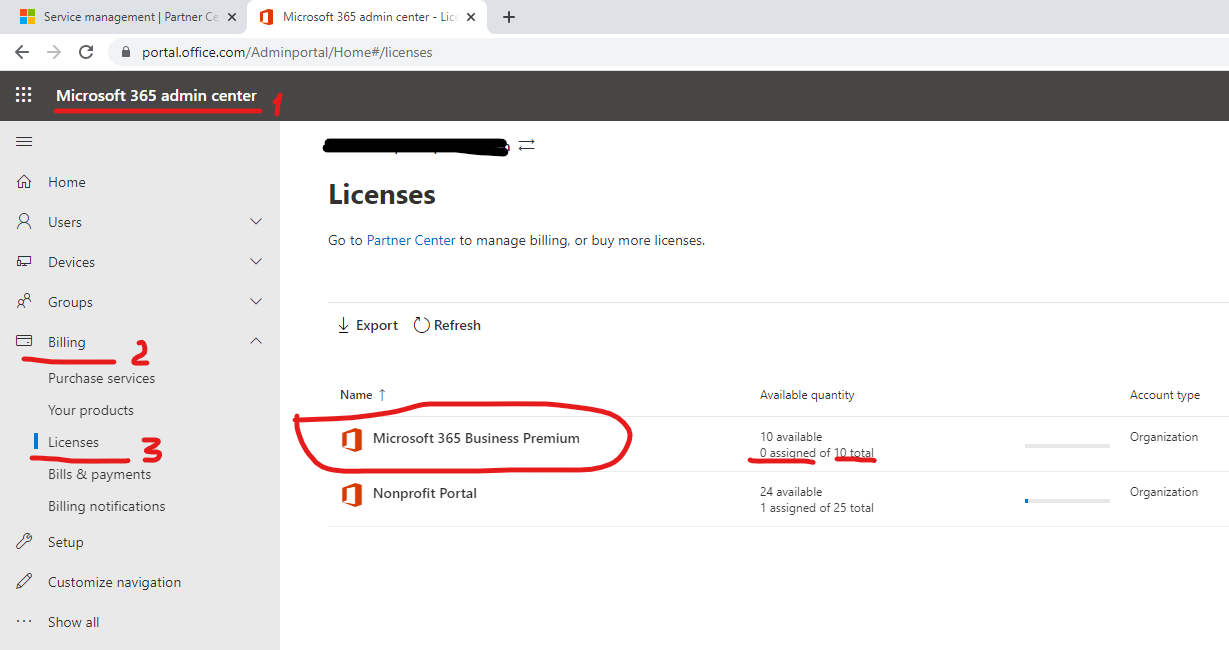
For example, the highest price point includes email encryption, device management, and video conferencing for up to 250 people. G Suite is offering discounted rates for nonprofits of $0 per user per month, $4 per user per month, or $8 per user per month, depending on which features you want. For large nonprofits, the pricing range is $4.50-14 per user per month, depending on selected features. To access the entire suite of applications, the pricing starts at $3 per user per month. For small to mid-sized nonprofits, pricing for basic applications like Exchange and Teams is free for up to 300 users. In addition to the deeply discounted pricing models for nonprofits, Microsoft Azure offers a $3,500 credit to eligible organizations. Microsoft 365 offers a few different free or discounted plans for nonprofits. Both Microsoft 365 and G Suite offer price-competitive options, depending on how many people will be using the platform from your organization. Let’s review some helpful tips on how to choose what is best for your organization.Ĭost is often a top concern for nonprofits. Both platforms have advantages and drawbacks depending on your organization’s needs and culture. Before making a final decision, it’s important to weigh the pros and cons.


When deciding which cloud collaboration platform to use as the home base for your organization’s everyday work, many nonprofits end up considering two cloud giants: Microsoft (Microsoft 365, formerly “Office 365″) and Google (G Suite). How effectively is your nonprofit collaborating on documents, using file sharing, email, messaging, and virtual meeting platforms with your current software applications? If there is room for improvement, this article will help you consider which platform may be most beneficial for your organization. Even if your nonprofit was already using remote collaboration tools or had remote employees previously, the current environment is a great opportunity for any organization to evaluate your systems and processes. As a result of the COVID-19 crisis, thousands of nonprofit organizations have suddenly shifted to working from home and are experiencing the challenges of managing a remote workforce.


 0 kommentar(er)
0 kommentar(er)
